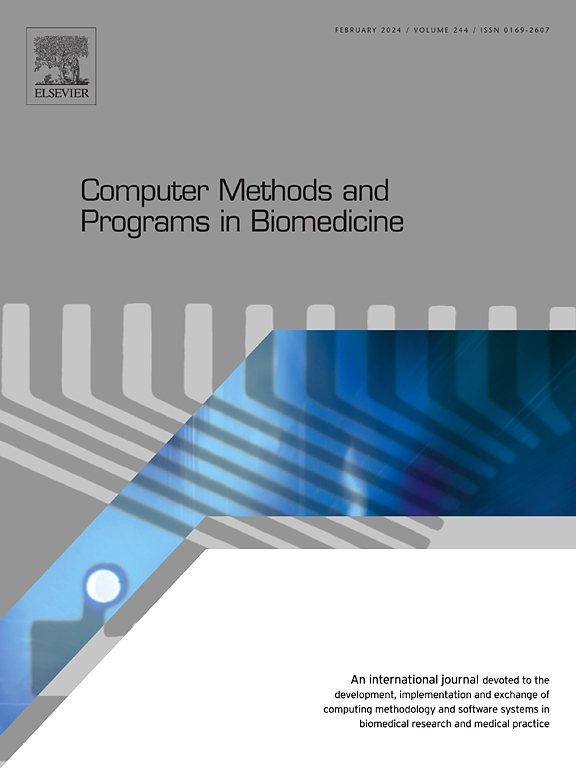Semi-supervised Strong-Teacher Consistency Learning for few-shot cardiac MRI image segmentation
IF 4.9
2区 医学
Q1 COMPUTER SCIENCE, INTERDISCIPLINARY APPLICATIONS
引用次数: 0
Abstract
Background and Objective:
Cardiovascular disease is a leading cause of mortality worldwide. Automated analysis of heart structures in MRI is crucial for effective diagnostics. While supervised learning has advanced the field of medical image segmentation, it however requires extensive labelled data, which is often limited for cardiac MRI.
Methods:
Drawing on the principle of consistency learning, we introduce a novel semi-supervised Strong-Teacher Consistency Network for few-shot multi-class cardiac MRI image segmentation, leveraging largely available unlabelled data. This model incorporates a student–teacher architecture. A multi-teacher structure is introduced to learn diverse perspectives and avoid local optimals when dealing with largely varying cardiac structures and anatomical features. It employs a hybrid loss that emphasizes consistency between student and teacher representations, alongside supervised losses (e.g., Dice and Cross-entropy), tailored to the challenge of unlabelled data. Additionally, we introduced feature-space virtual adversarial training to enhance robust feature learning and model stability.
Results:
Evaluation and ablation studies on the MM-WHS and ACDC benchmark datasets show that the proposed model outperforms nine state-of-the-art semi-supervised methods, particularly with limited annotated data. It achieves 90.14% accuracy on MM-WHS and 78.45% accuracy on ACDC at labelling rates of 25% and 1%, respectively. It also highlights its unique advantages over fully-supervised and single-teacher approaches.
求助全文
约1分钟内获得全文
求助全文
来源期刊

Computer methods and programs in biomedicine
工程技术-工程:生物医学
CiteScore
12.30
自引率
6.60%
发文量
601
审稿时长
135 days
期刊介绍:
To encourage the development of formal computing methods, and their application in biomedical research and medical practice, by illustration of fundamental principles in biomedical informatics research; to stimulate basic research into application software design; to report the state of research of biomedical information processing projects; to report new computer methodologies applied in biomedical areas; the eventual distribution of demonstrable software to avoid duplication of effort; to provide a forum for discussion and improvement of existing software; to optimize contact between national organizations and regional user groups by promoting an international exchange of information on formal methods, standards and software in biomedicine.
Computer Methods and Programs in Biomedicine covers computing methodology and software systems derived from computing science for implementation in all aspects of biomedical research and medical practice. It is designed to serve: biochemists; biologists; geneticists; immunologists; neuroscientists; pharmacologists; toxicologists; clinicians; epidemiologists; psychiatrists; psychologists; cardiologists; chemists; (radio)physicists; computer scientists; programmers and systems analysts; biomedical, clinical, electrical and other engineers; teachers of medical informatics and users of educational software.
 求助内容:
求助内容: 应助结果提醒方式:
应助结果提醒方式:


